The current issue of PORTUS is the second of its digital era. The format has been modified to show the content more clearly and to facilitate access to the different articles. The structure of the magazine remains mostly unchanged, but modifications have been made to the homepage to highlight the different sections, as well as the authors and their contributions.
A new section has been created – Spotlight – that focuses on recent events and useful news to provide updated information about port–city relationships and about the latest developments on the waterfront areas of different parts of the world.
The Report of this second digital issue is dedicated to the ports and port cities of Chile. It is well known that this country has a very special geographic configuration. In its long extension from North to South, between the Andes Mountains chain and the sea, one can find fertile valleys in the central area, large deserts in the North and luxuriant forests, large lakes and glaciers in the South. This geographical configuration makes the role of its port cities very important. Near 50 port cities and villages have structured the relationship of this country with the ocean. The main ten ports, which have their own organization – Empresas Portuarias -, and especially the ports in its central area, are involved in most of the country’s international relations and foreign trade.
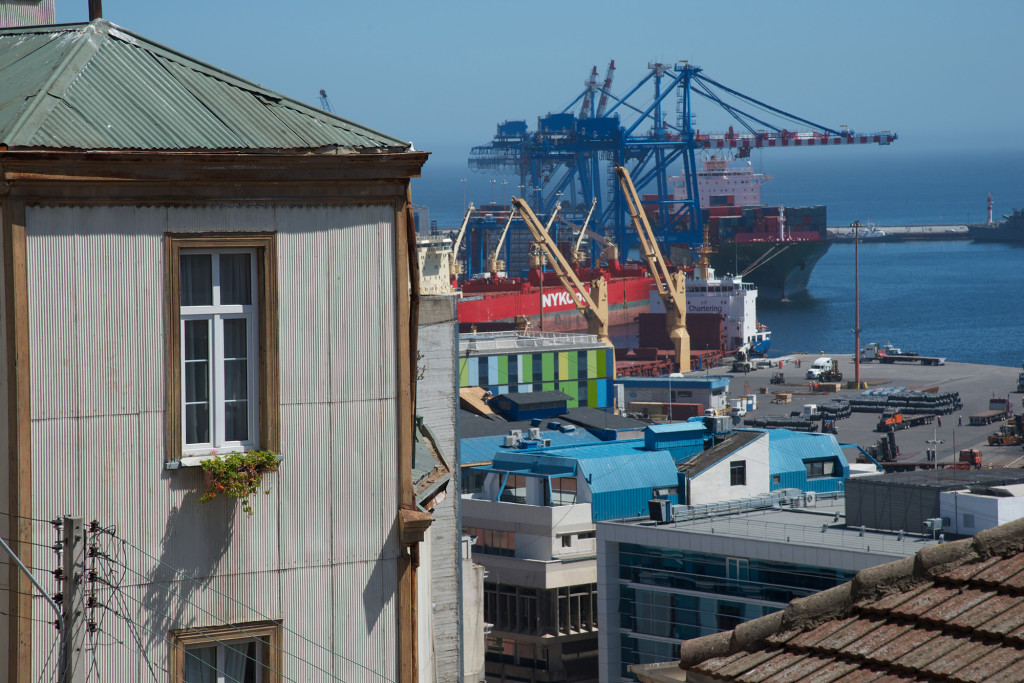 Permanent presence of the port in Valparaiso. (© Joan Alemany)
Permanent presence of the port in Valparaiso. (© Joan Alemany)
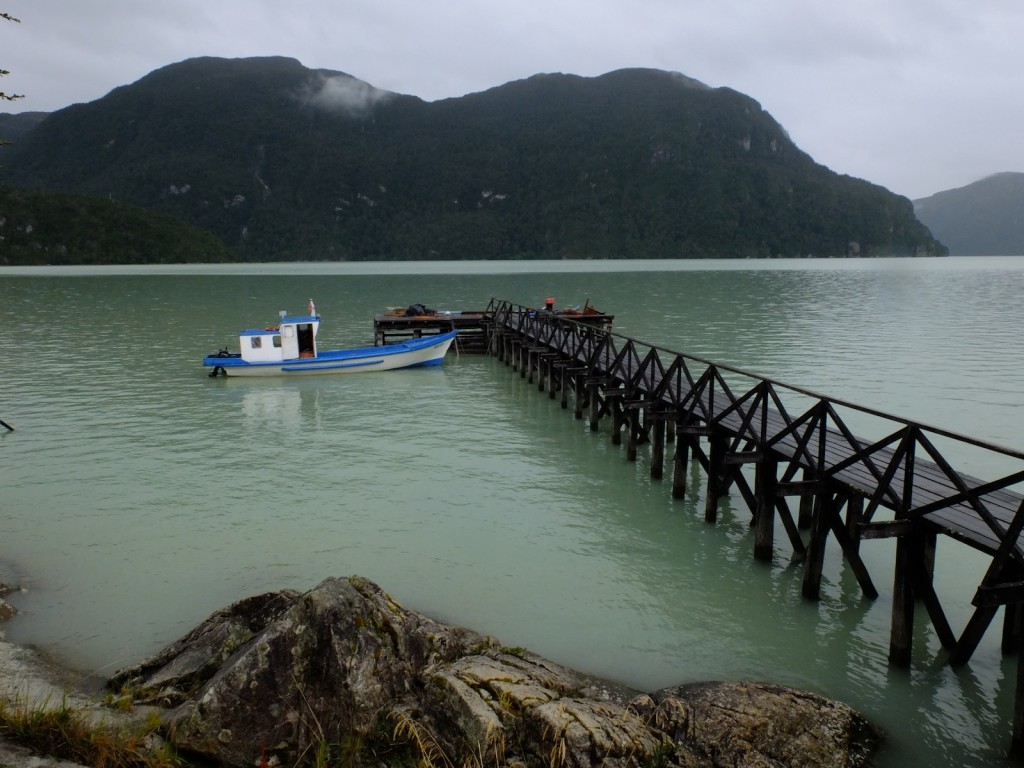 Dock and landscape in Patagonia. (© Joan Alemany)
Dock and landscape in Patagonia. (© Joan Alemany)
In Chile, probably more than in any other country, the areas of contact with the water and the sea, hold a special value. Whether they are touristic beaches, natural reserves, urban spaces, maritime promenades or port zones, these areas are in high demand and in some cases fragile, and almost always hold a high social value that is confronted by potential economic private use. These bordering spaces, boundaries between the sea and the land, also have a symbolic value and contribute to creating the image of how this country builds its intense and extensive relationships with the sea.
Due to these characteristics and special conditions, the interventions on these spaces are particularly important, especially in current times of economic growth and numerous planned projects in the coast. The authorities must consider the urban impact of specific projects on spaces that are fragile and scarce, have high value, and are therefore very attractive to various sectors because of their assets and potential. These coastal areas, urban maritime zones and port spaces have clear maritime use and great service potential for society at large, therefore requiring new legislation, planning, and well-thought interventions from the public sector, which needs to consider their mid-term and long-term potential. In this context, it is difficult to understand why they would authorize some big commercial buildings (Antofagasta, Valparaíso, Puerto Montt, Castro) near some very interesting initiatives of maritime promenades and reconverted port spaces in areas of high urban or maritime value. Furthermore, these big commercial buildings are usually self-enclosed, so they could be located in any other urban space and not on the waterfront.
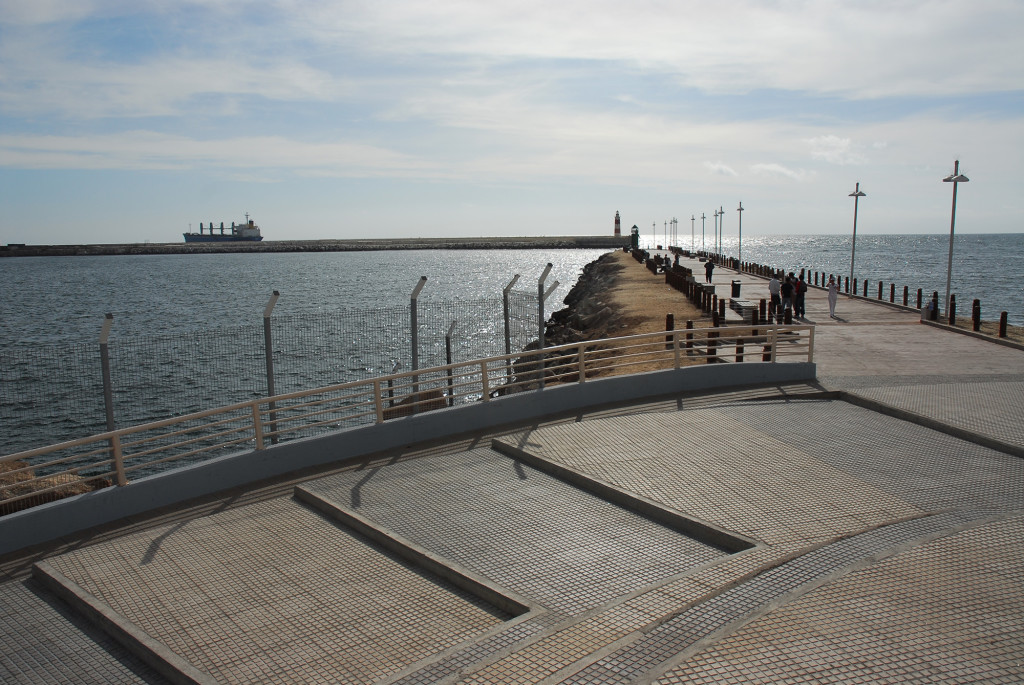 Port promenade in Antofagasta. (© Joan Alemany)
Port promenade in Antofagasta. (© Joan Alemany)
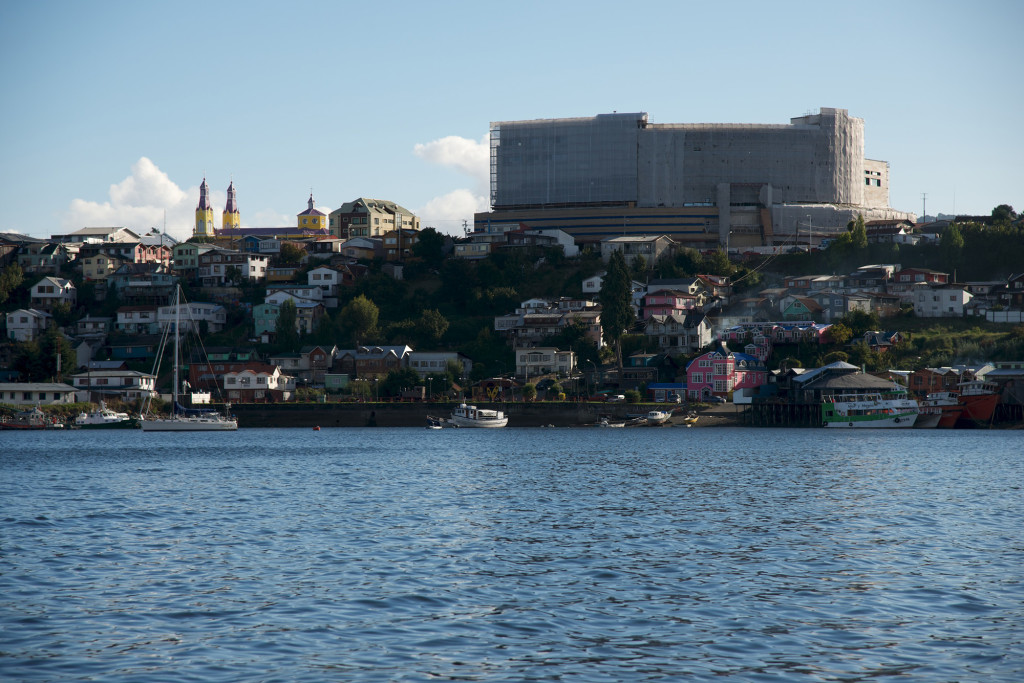 Savage change in the waterfront of Castro. (© Joan Alemany)
Savage change in the waterfront of Castro. (© Joan Alemany)
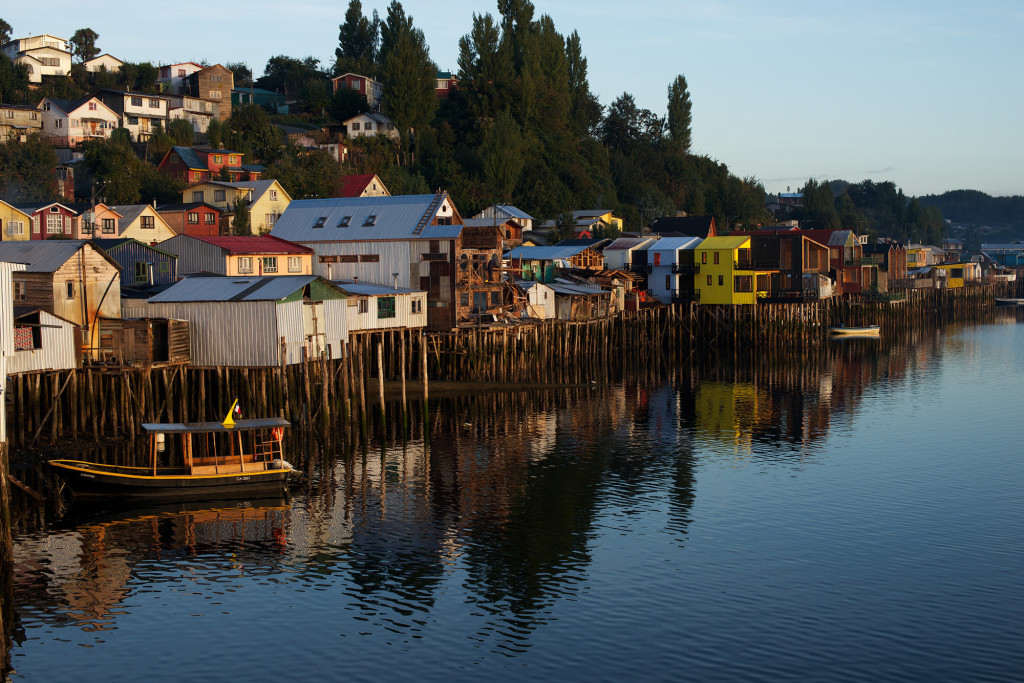 Renovation of palafitos (houses on the water) in Castro. (© Joan Alemany)
Renovation of palafitos (houses on the water) in Castro. (© Joan Alemany)
All the elements and conditions previously explained fully justify dedicating this Report to the ports and the port cities of Chile. Following an interesting and beautiful introduction by the coordinator of this broad dossier, the architect Carola Marin, a large group of reputable Chilean professionals and professors -from different disciplines and professional administrative responsibilities, the private sphere or the university, with general analyses or descriptions of concrete experiences- offer a broad and profound view of the reality and the perspectives of the Chilean port cities.
Regardless of this Report is published, in a Lighthouse column, an article exposing the project to expand the port of Valparaíso, promoted by the ‘Empresa Portuaria’ (the Port Company). Given the importance of this city (with a ‘Puerto’ – Port- district and several nearby hills declared World Heritage by UNESCO) and the high incidence of this project , the magazine will publish in the next issues more contributions also reflecting other positions on the proposed expansion of the port and the future of this city.
The section Portus Portrait is dedicated to Genoa, the main Italian port city, and includes several articles and interviews coordinated by Hilda Ghiara, an economist and professor at Genoa University. These contributions describe the evolution of the urban transformation, and the specific characteristics, of the last few years. This transformation has been particularly successful in Porto Antico with the innovative intervention of Renzo Piano. With this innovation, a new urban reality of strong and interesting complexity has emerged, reinforcing -in spite of important changes- the image of the contemporary Genoese “model” of port-city.
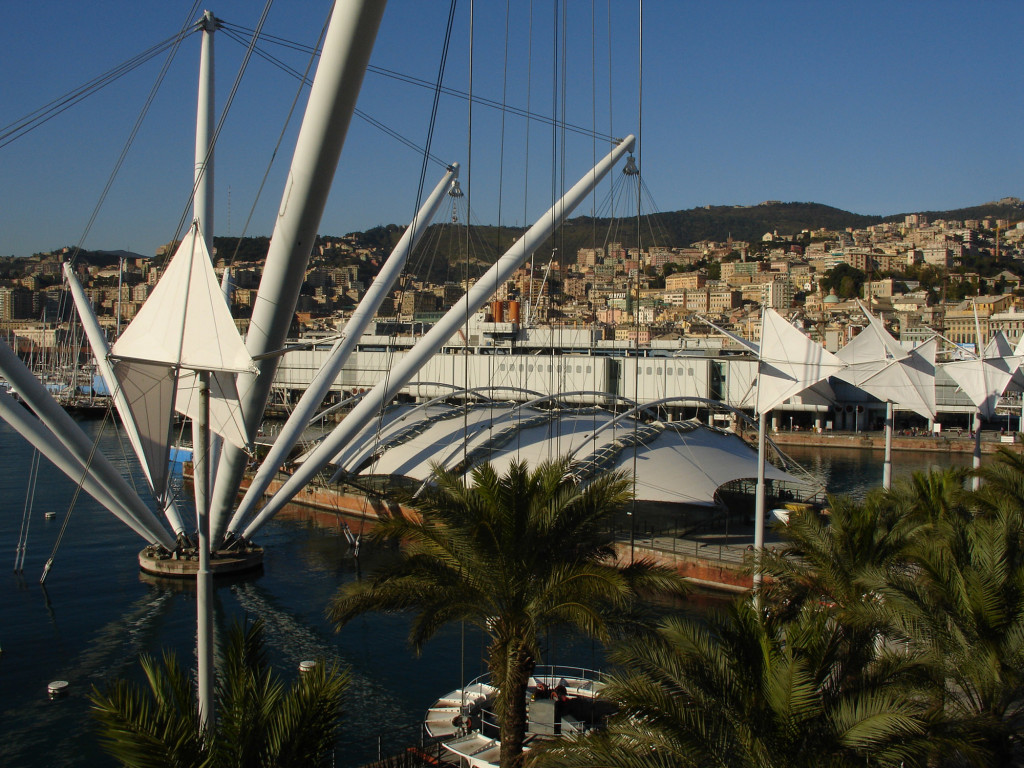 New relationships port-city in Genoa. (© Joan Alemany)
New relationships port-city in Genoa. (© Joan Alemany)
The other sections of the magazine – Interview, Opinions, Focus – include study, evaluation and informational articles on various important themes around port-city relationships in several European countries, as well as interesting initiatives, such as he one currently taking place in Mexico City, debated in the urban field, and related to important themes regarding the transformation of contemporary cities.
In this issue you will also find the second part of Port Today (the first one was published in the previous issue). The goal of this long paper is to explain, in a very accessible way, how a modern port is organized and how it functions.
Finally, the articles published in Lighthouse and in Compass offer (with an interdisciplinary character and interesting originality) thought-provoking points of view on several phenomena, frequently unknown, related to the complex reality of the modern port city.
Head Image: Renovation of palafitos (houses on the water) in Castro. (© Joan Alemany)